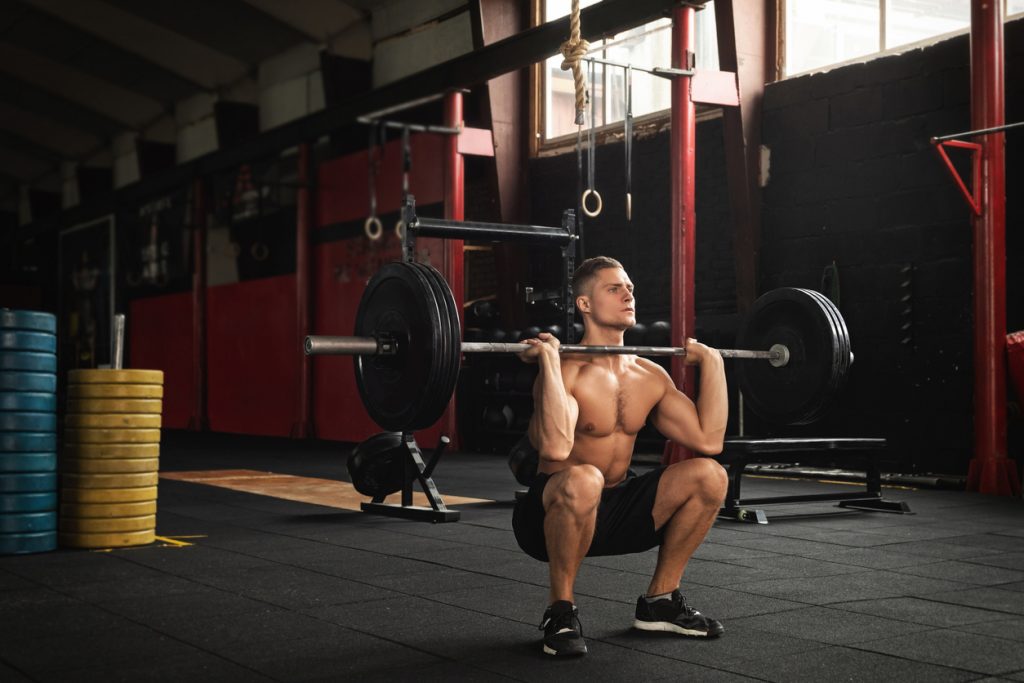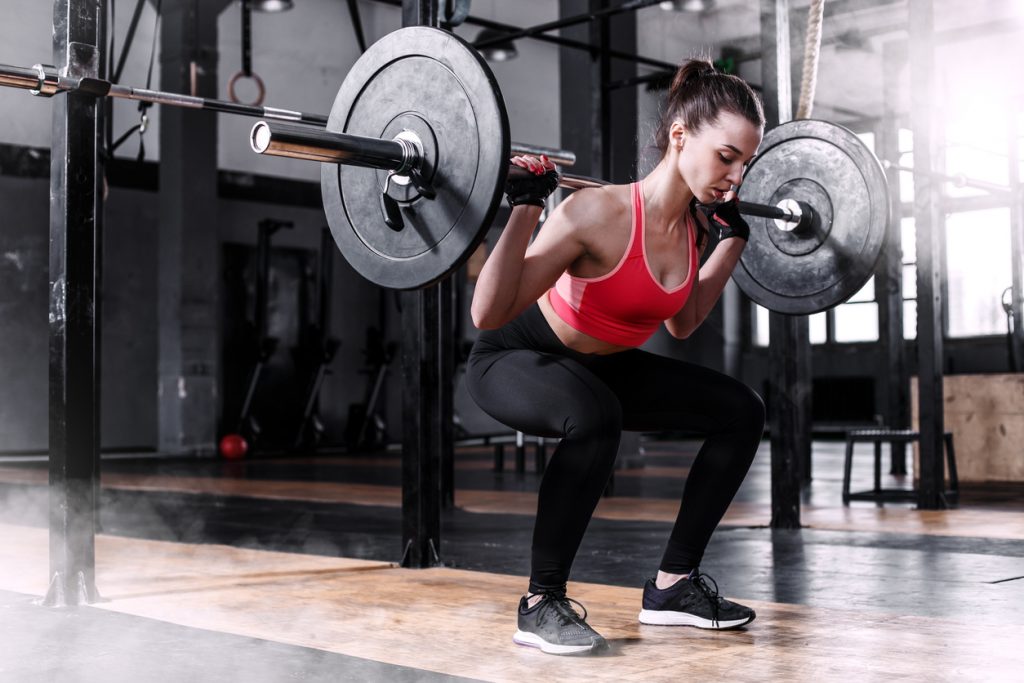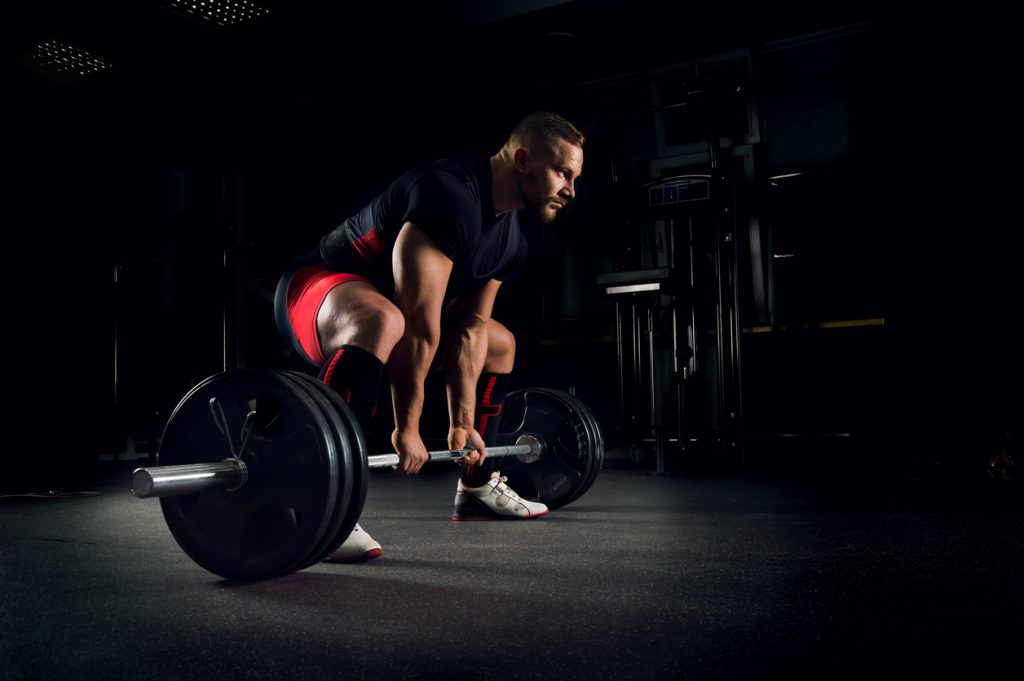You have been advised to do polyarticular exercise without having any idea what it is. Before you get started, you need to know what to expect.
In strength training there are two types of exercises, the first is isolation exercises and the second is polyarticular exercises. In particular, the latter are joint and muscle group exercises. For example, the deadlift, bench press are part of the polyarticular exercises. In particular, the deadlift mobilizes several joints including the hips, knees, calves, quadriceps, hamstrings, trapezius, lumbar, lower back, lats, abs, gluteus maximus, forearm muscles, in short a whole bunch of joints.
You must be wondering about the benefits of these exercises which require a lot of joint work.
The benefits of multi-joint exercises
These are effective exercises for toning muscles.
In principle, these exercises mobilise a maximum number of muscles through repetitive polyarticular movements. The stimulation of the muscle groups requires sufficient weight and sufficient load time. With only 4 to 5 polyarticular exercises, the muscle groups are mobilised at the same time. As a result, they become stronger and more voluminous.
In addition, these physical activities also boost physical strength. Since multi-joint exercises develop endurance capacity, they maintain the body's ability to withstand a load. For example, the ability to lift heavy weights, the ability to hang from a pull-up bar, or to hold a plank for a long period of time builds strength. Indeed, polyarticular exercises cannot be performed without mobilising several muscle groups. In addition, they also stimulate the nervous system in the same way as the muscle fibres.
And again, by practising polyarticular exercises, the body gains a harmonious musculature and is protected from the risk of injury because the muscles around a joint are all full of flexibility. Polyarticular exercises often allow for heavier loads, but be careful to use the correct position and technique. Otherwise, when the position is wrong, you will think the exercise is awkward. Furthermore, you will lose your balance and the lift will not be completed correctly, the risk of injury is very possible when the technique is not mastered. Indeed, correcting your posture and controlling your balance prepares you to take the load. It should be noted that those who use weight machines tend to neglect good posture. This in turn increases the risk of injury.
- Exercise helps with weight loss.
By doing multi-joint exercises you will burn a lot of calories. The calories will all be converted into energy during the workout. But also, after the physical activities, the muscles will require even more energy for recovery. After the session, recovery can take from 24 hours to 72 hours depending on the intensity. For isolation exercises, the small muscle groups are more active. However, the metabolic effect is less strong than in polyarticular exercises. This is why the large muscle groups are less mobilised.
It is important to remember that phosphocreatine, glucose, glycogen and fat mass are the sources of energy in weight training. The heavier the load, the higher the metabolic activity. This also implies a high energy demand. In short, polyarticular exercises are better fat burners and ensure weight loss.
- Polyarticular exercises provide more flexibility
All physical activity is a sequence of dynamic movements. In the case of polyarticular exercises, which involve several different muscles around the joint, a number of different movements can be performed. In particular, the muscles around a joint are contracted individually or in turns. The repetition and contraction of muscles leads to an increase in temperature and a reduction in muscle tension which ensures your flexibility.
- Exercises ensure efficient movement
Indeed, the training involves several muscle groups. This results in more coordinated movements during muscle contractions. This only benefits your movement skills, intermuscular coordination, and dynamic balance. All of these benefits improve your overall physique.
Despite these privileges that polyarticular exercises offer to the body, the practice requires some material and physical conditions.
In order to carry out these physical activities, what do you need to remember?
The requirements of polyarticular exercises
Equipment is essential for the performance of these exercises. Indeed, an Olympic bar, weight discs, dumbbells forsquat and forlifts are really useful. In addition, it is also good to have a squat rack or cage to assist you. In addition, a weight bench is also essential for bench presses.
In case of injury, temporary or permanent immobility, multi-joint exercises should be avoided. This is because the strain on the muscle groups during the exercises can aggravate the injured or immobilised body parts.
The following tips can help you with polyarticular exercises.
For your training programme on heavy polyarticular exercises, work on the deadlift, squat, and bench press. These will help you gain enough strength to handle the heaviest weights in polyarticular or isolated movements.
Opt for polyarticular exercises to make the most of your time in the gym. Indeed, you should break your training routine with new polyarticular exercises. This choice will be very beneficial to you because the muscle groups will be well worked. For a first practice, your trainer or a professional in your gym can show you the right techniques to avoid injuries.
Complement with quality isolation exercises to mobilize the same muscles. For example, do the finishing movement in the same session. This optimizes the load time and will stimulate the muscles. This alternative also saves you from boredom while training the same muscles at different intensities, strengths and angles.



